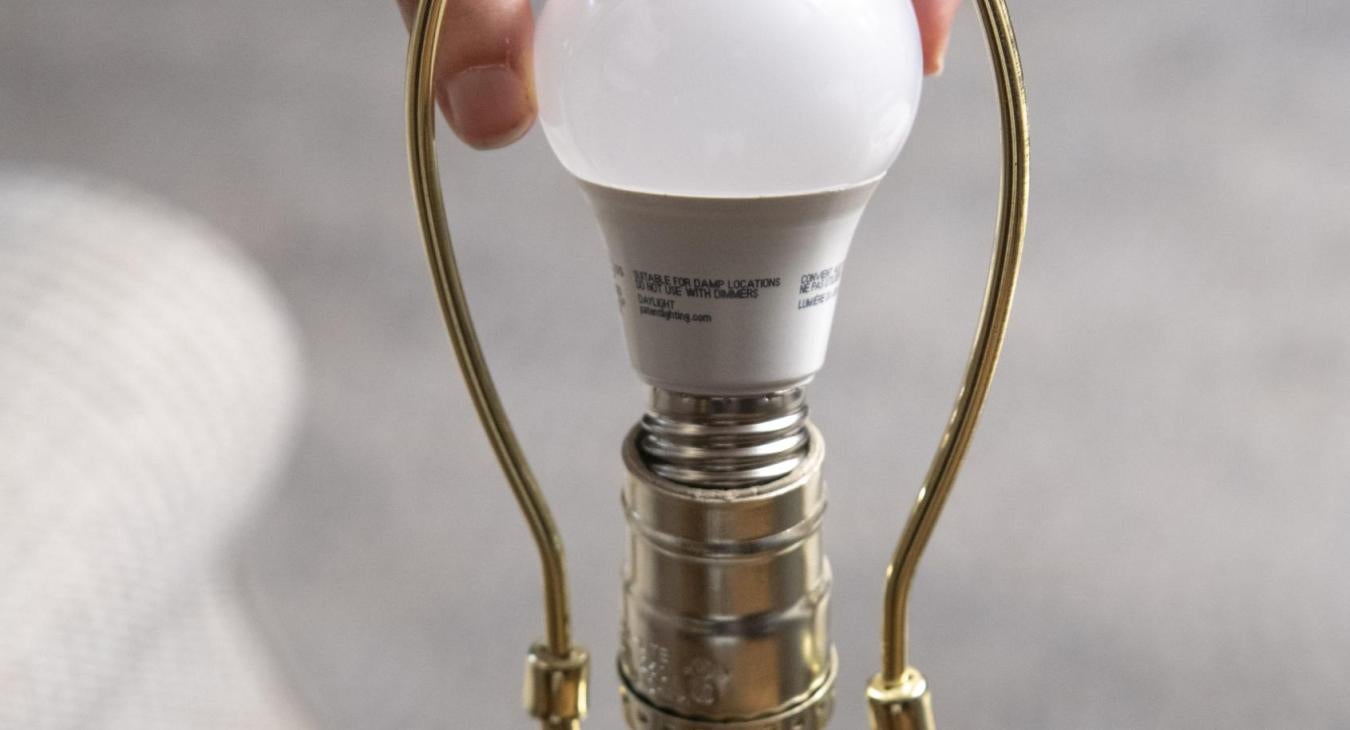By Miranda Boutelle
A home energy audit may sound daunting, but it can be as easy as creating a checklist of improvements based on what you see around your home.
Here’s what you’ll need to find opportunities to save energy and money: a flashlight, dust mask, tape measure and cooking thermometer. I recommend taking notes on your phone or a notepad.
First, check the heating and cooling equipment. Determine the age and efficiency of the equipment by looking up the model number on the nameplate. The average lifespan of HVAC equipment is 10 to 30 years, depending on the type of equipment and how well it’s maintained. If your equipment is older, it may be time to budget for an upgrade. Check the filter and replace it if needed.
Then, check the envelope of your home, which separates the heated or cooled areas from the exterior, for drafts and air leakage. Feel around windows and trim for any drafts. Pay special attention to spots where different building materials come together. Check under sinks for gaps around pipes. Seal with weatherstripping, caulk or expanding foam as needed.
Make sure to replace incandescent or compact fluorescent bulbs with LEDs. LEDs use significantly less energy and last longer than traditional incandescent bulbs.
Check for leaking faucets and make sure showerheads are high-efficiency models in good condition. The gallons-per-minute (GPM) ratings should be etched onto them. To reduce wasted energy from using more hot water than needed, aerators should be 0.5 to 1.5 GPM, and showerheads should be no more than 2 GPM.
Next, look in the attic, while wearing a dust mask, to make sure it’s insulated. You may be able to see enough from the access area using a cellphone with the flash on to take pictures. Use the tape measure to check the depth of the insulation. It should be a minimum of 12 inches deep. This can vary depending on the type of insulation used and your geography.
Insulation can become compacted over time. It should be evenly distributed throughout the attic. Loose fill or blown-in insulation should be fluffy and evenly dispersed. Rolled batt insulation should fit tightly together without gaps.
Also, exterior walls should be insulated. If your home is older than the 1960s, the walls are probably not insulated. Homes from the 1960s or 1970s likely need more insulation. Sometimes you can see wall insulation by removing an outlet cover or switch plate and using a flashlight to look for insulation inside the wall cavity. Turn off the power at the electrical panel to avoid the risk of electric shock. Wall insulation can be blown in from the inside or the outside of the home. This is a job for a professional.
If you have a basement or crawlspace, head there next. Unfinished basements should have insulation on the rim joists, at minimum. This is the area between the top of the foundation and the underside of the home’s first-story floor. Use closed-cell spray foam or a combination of rigid foam and spray foam to insulate rim joists. Crawl spaces should have insulation on the underside of the floor between the floor joists. Insulation should be properly supported in contact with the floor with no air gaps. Water pipes and ductwork should also be insulated.
Lastly, check the temperature of your water by running it for three minutes at the faucet closest to your water heater. Then fill a cup and measure with a cooking thermometer. Hot water should be between 120 and 140 degrees. You can reduce the temperature on your water heater to reduce energy waste and prevent scalding.
Once your home energy audit is finished, review your findings and start prioritizing home energy efficiency projects. For step-by-step instructions, visit www.energy.gov/save.

